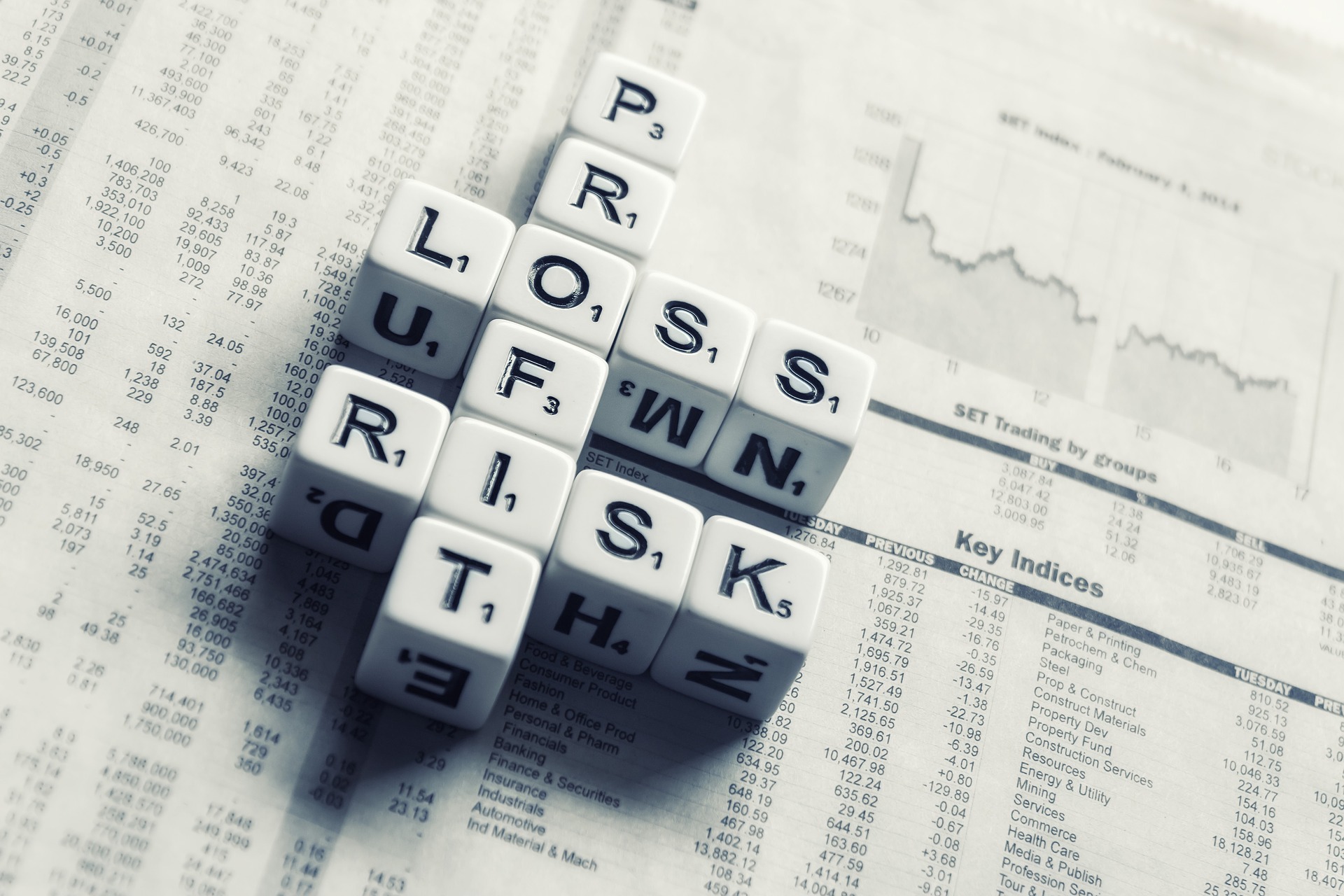Over the past weeks, volatility picked up in response to the trade deal with China (or lack thereof). For much of this year, we’ve expected the trade deal to go through and for news related to China to fade from the front page of the papers. However, that all changed and President Trump is keeping the public keenly aware of the negotiations – some proclaiming great things ahead – others threatening tariffs on all Chinese goods coming into the U.S. Uncertainty, as always, raises anxiety in the markets and investors alike.
In last week’s trading, we saw the NYSE Bullish Percent Indicator reverse into a column of O’s, shifting the risk status to a Bull Market Correction. The reversal ends a four-plus-month period in which the indicator was in an offensive posture. During that time most of the major US equity benchmarks managed new highs with a rally that can be best summarized as broad in scope. In addition to providing insight into market risk, bullish percent indicators also measure “participation” within a given universe of stocks. Specifically, the BPNYSE measures the percent of NYSE stocks that are on a Point & Figure buy signal. A column of Xs indicates increased upside participation on a stock-by-stock basis, and we would approach our equity positions with a general sense of offense and a focus on wealth accumulation. Alternatively, a column of Os, such as we see now, indicates narrowing participation, putting the defensive team on the proverbial field and switching our near-term goals toward wealth preservation.

As I’ve said many times before, we don’t invest, nor make strategy changes, based on politics. So while this current spate of volatility increases everyone’s unease, I would like to draw your attention back to corporate profits and the relationship between profits and the market’s movement. This chart shows the S&P 500 over the last ten years (blue line with the scale on the left axis) versus the earnings per share of all the companies in the S&P 500 (black line with the scale on the right).
Let’s reflect on the relationship between the two lines. The blue line (S&P 500 daily price) is quite jagged, showing the daily gyrations of the market, but forget about the daily fluctuations and focus on the big picture. What is clear from this chart is that as corporate profits go up (earnings per share), the S&P 500 goes up too. The two lines don’t move in lock step because the market is being constantly bombarded by the news of the day. But the overall relationship between the two is evident. Is it reasonable for the S&P 500 to be close to all-time highs right now? Sure it is because the profits of S&P 500 companies are at all-time highs.
So what happens next? I am confident that we get a trade deal with China. We need them; they need us; and President Trump would probably prefer less market volatility as we head toward next year’s election. Even when that trade deal comes, the market will continue to gyrate daily because there will be some other news to which traders will react. But because we’re not investing for next week or next month, we’ll ignore the daily market moves and instead focus on corporate profits – what’s happening now and what is likely to happen in coming quarters. Because we know that as profits rise, so too does the market.
If you have questions or would like to talk, please let me know.






